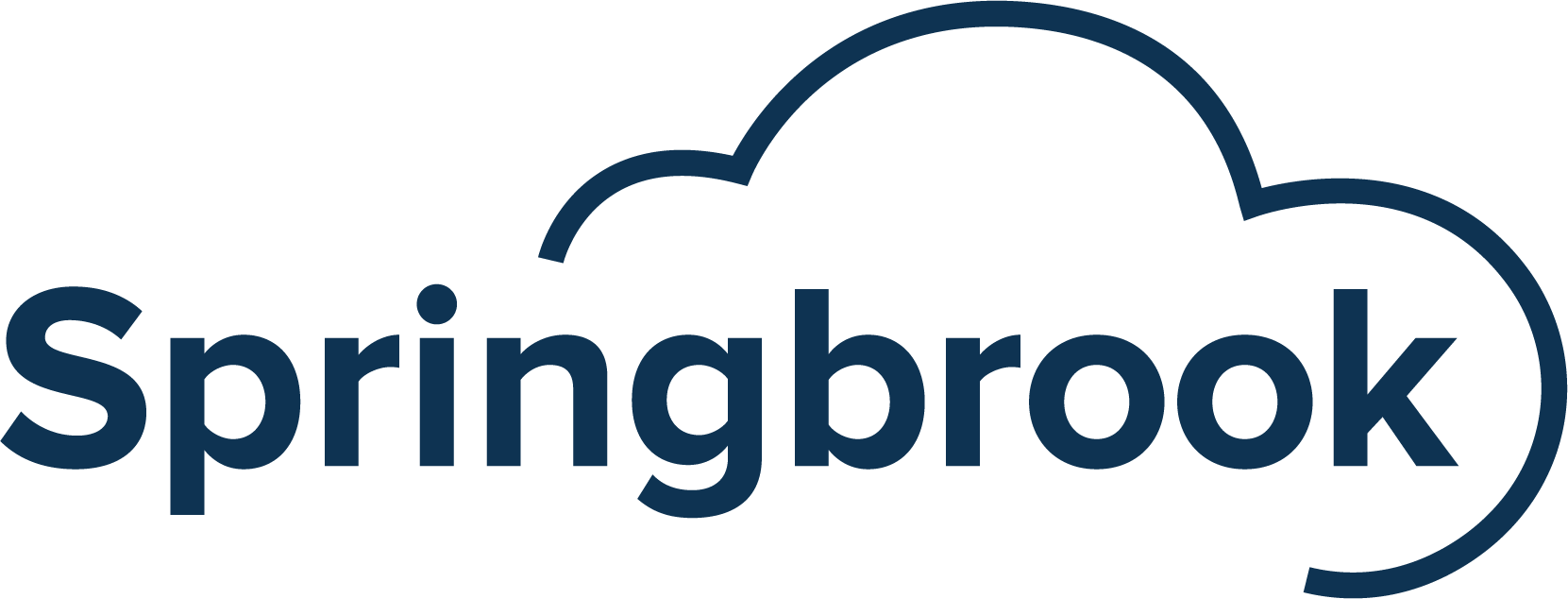Joe Morris interview on the 2020 CARES Act and the 2021 American Rescue Plan
Produced by the Springbrook Research Institute
Joe Morris, vice president of Research at e.Republic, publishers of Governing and GovTech, discusses several issues relevant to local government agencies concerning the lessons learned from the 2020 CARES Act and their resultant impact on the 2021 American Rescue Plan.
Springbrook: In 2020 GovTech reported that budget and cost control was at the bottom of local agency concerns, a year later it’s taken the number two spot behind cybersecurity. Can you explain this radical shift in focus?
Joe: We saw this same reaction a decade ago during the 2009 recession and the resultant federal economic stimulus plan. Biden provided oversight on the disbursement of the funds, which were calculated to remove the burden, but not carry the load forever. Local agencies understand that cost controls are important because these funds are not a self-replenishing fountain. When federal funding dries up an agency is standing on a cliff. The concepts of cost control and sustainability are critical because the budgets will return to their normal scales after the crisis is presumably “under control.”
Springbrook: How will this temporary relief package effect subsequent budgets?
Joe: It will depend in the funding stream that’s being used. There may be a shortage developed by budget gaps, but it’s hard to tell right now. An agency will need to review on a vertical-by-vertical basis. For example, some education funding goes through 2030. All funding will temporarily offset costs and in the case of local agencies can and should fill the desire to push a modernization agenda forward in a manner that reduces workload and creates efficiencies. If an agency uses the funds to hire additional workers, what do those workers look like? Are they temporary? What happens to them when the funds run out? The big question is this: if the funds are used for a modernization program, do the jurisdictions have the capacity in terms of staff to institute the initiatives and sustain them? If things work properly these programs should pay for themselves by relieving burden, automating manual tasks, thereby having a positive impact on subsequent budgets.
Springbrook: The original CARES Act placed a relatively high population threshold for access to funds, creating a feeling of inequality in smaller communities that had needs relatively equal to those of larger communities. Has this disparity been addressed?
Joe: When looking at the CARES Act, this criticism was focused on the Coronavirus Relief Fund (CRF). Many smaller governments ended up getting allocations via pass through from their states. The ARPA provides funding through the fiscal relief fund to a broader set of local governments.
The area where we may see states and localities draw from for technology modernization needs is using the funds from the calculation for lost public sector revenue. The intent of these funds is to provide valuable public services. Check out page 8 number 23 here: https://home.treasury.gov/system/files/136/SLFRPFAQ.pdf
Springbrook: We’ve heard from several local agencies that there was confusion concerning the disbursement and utilization of CARES Act funds, has this been remediated in the American Rescue Plan?
Joe: The first plan was more confusing. It was pushed to market quickly and then adjusted as it was rolled out. It suffered the growing pains of a brand-new program and put the onus of fund allocation on the states themselves. This resulted in a patchwork of rules and regulations that varied by geography. “Creative” applications of the funds ensued. The feds learned from the first round, but full guidance is not there yet. The Act creates a tremendous opportunity, especially when it comes it IT infrastructure spending. All the CIO’s that we talk with are consumed with what they can finally spend money on.
Springbrook: Speaking of dream IT projects, Ransomware is a huge issue – do you see CARES act money and the American Relief money as a way for local government agencies to finally turn the corner on preventing the endemic scourge of ransomware attacks?
Joe: Yes, jurisdictions will be using some funds for cybersecurity and rightfully so! The high-profile DC police were recently hit, which keeps this issue in the news. The first CARES act funded cybersecurity, and the landscape has evolved since then. Today there’s a lot more pressure put on local government agencies to keep their cyber hygiene in place. We’re also seeing cyber security insurance providers pull out. This represents a brand-new wrinkle. There was a strong wave of policy changes on cybersecurity from the state level that were put in place pre-pandemic that have yet to be instituted. There’s money out there to remediate this critical infrastructure problem, however putting that money to work is a moving target.
Springbrook: How does an agency prioritize using this money to have the most lasting impact?
Joe: My guidance is simple: look for the opportunity to make modernizations and look beyond remediating the COVID impact. You need to look at individual guidance for each funding stream and make sure that the agency is in alignment with these. I would say that these funds provide an opportunity for agencies to build the right foundation to match the new reality of a distributed workforce and a constituency that expects digital services. This will place greater emphasis on modernization, cloud and building with resiliency in mind. An agency needs to put in place technology modernizations that enable accountability and reporting; these are the building blocks of a solid infrastructure and critical to the evolution of agencies to 21st century standards.\
Springbrook: Without this crisis/catalyst would we have seen as many local agencies consider making significant changes to things like their ERP systems?
Joe: We are looking at things like automation in a whole new way. There was a lot of anxiety about technology before the pandemic, now it’s on every agenda. Some of those larger systems of record including payroll and HR are modernization targets. A lot of this modernization has been driven by the changing workplace. If anything, this latest national crisis and the resulting chaos has accelerated the timetable on local agencies to adopt technologies they could have been using years ago.


